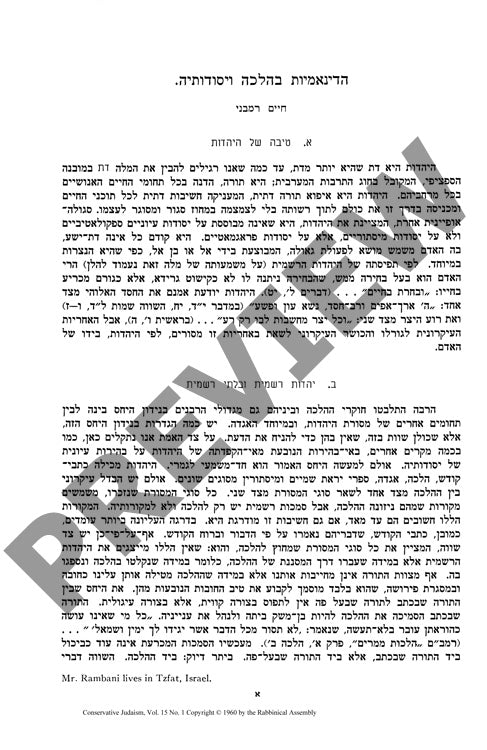Ha Dinamiyut Bhalakhah Visodotehah
Couldn't load pickup availability
Jewish law (halakha) operates through a dynamic system of conscience-based decision-making rather than rigid theoretical frameworks - a pragmatic approach that has enabled Judaism to encompass all spheres of human life while maintaining its core principles. Through historical-analytical examination of three key developmental phases - the biblical era, oral law development from Ezra to the Talmudic seal, and post-Talmudic evolution - distinct patterns emerge in how halakhic authority functions. Formal halakhic rulings, issued by established rabbinic personalities, consistently superseded other traditional sources including biblical texts, aggadah, and mystical literature. This authority manifested differently across legal domains, with comprehensive dynamism characterizing monetary law while ritual commandments saw more limited adaptability. Ancient customs were systematically integrated and transformed within the Torah framework, demonstrating halakha's unique ability to evolve while preserving authenticity. The analysis reveals a fundamental contrast between halakha's pragmatic-conscientious orientation and Western theoretical-logical thought patterns, highlighting how rabbinic authority and contextual interpretation of established principles enabled systematic adaptation to changing circumstances while maintaining religious integrity.

More Information
-
Physical Description
-
Publication Information
Published 1960
ISBN
-
Publication Credits
Hayim Rambani

